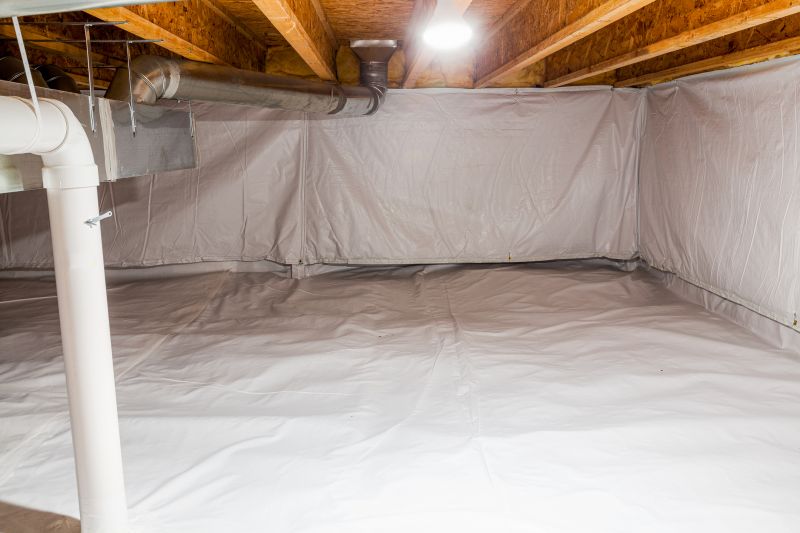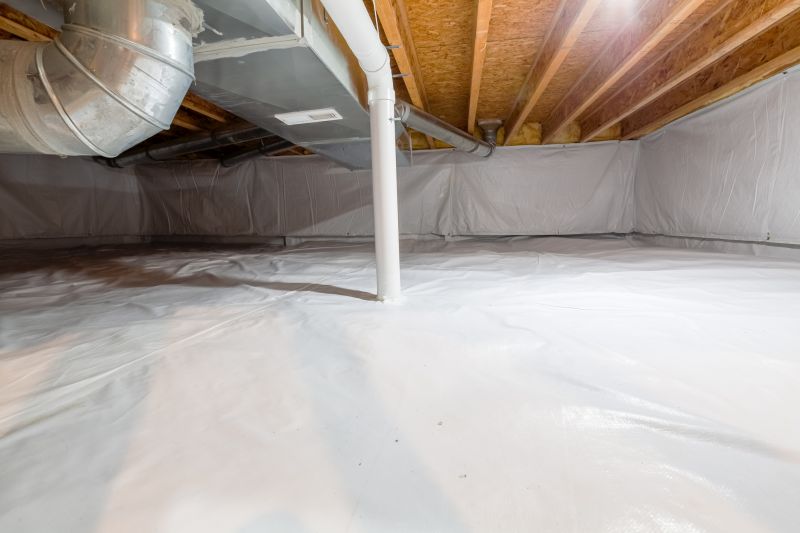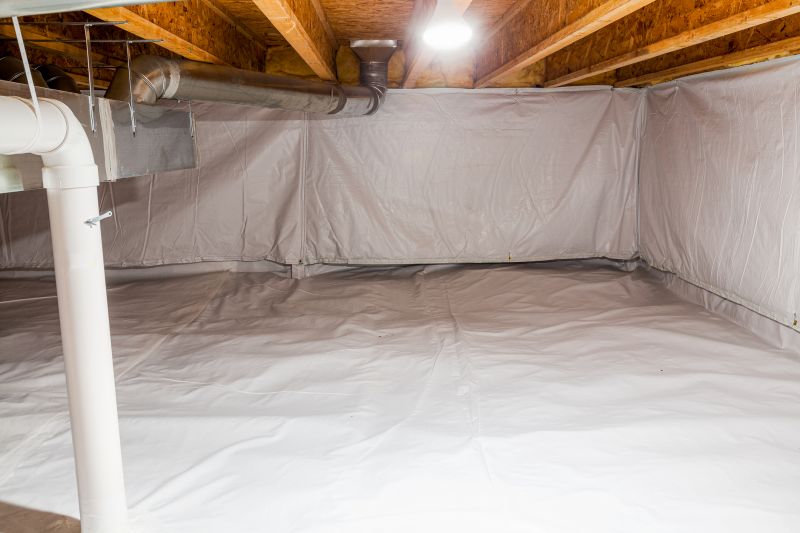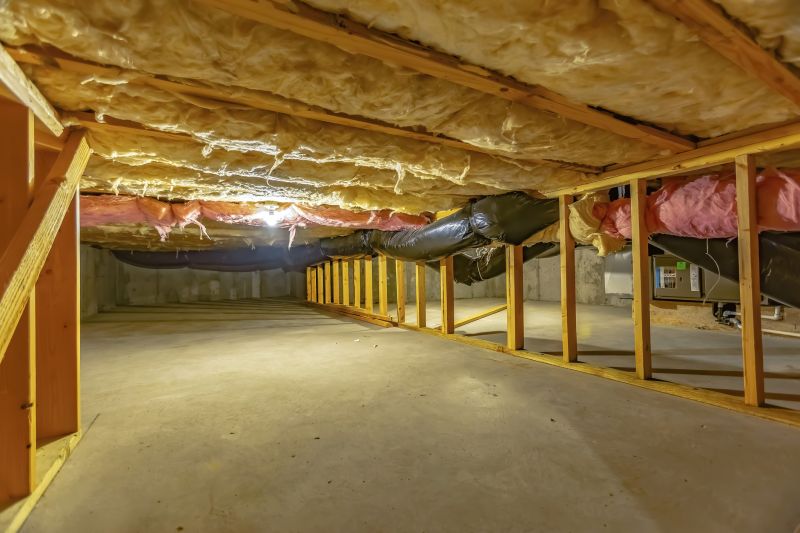Durable Crawlspace Encapsulation for Better Air Quality
Crawlspace encapsulation is a vital process that involves sealing and insulating the crawlspace to prevent moisture intrusion, improve air quality, and enhance energy efficiency. Proper encapsulation can significantly reduce the risk of mold growth, wood rot, and pest infestations, which are common issues in unsealed crawlspaces. Many homeowners in Dickson, Tennessee, have experienced noticeable improvements in indoor comfort and a decrease in utility bills after installing a comprehensive crawlspace encapsulation system.
Encapsulation helps control humidity levels, prevents mold growth, and reduces energy costs. It also improves indoor air quality by limiting mold spores and allergens from entering living spaces.
Unsealed crawlspaces can lead to excessive moisture, which fosters mold, wood rot, and pest problems. These issues can compromise structural integrity and negatively impact health due to poor air quality.
Studies show that encapsulation can reduce energy bills by up to 20 percent. Additionally, homes with sealed crawlspaces are less prone to mold-related health issues and structural damage.

A fully encapsulated crawlspace featuring sealed vents, vapor barriers, and insulation to prevent moisture intrusion.

Interior view showing the insulation and vapor barrier installed to maintain a dry and controlled environment.

Overview of the encapsulated crawlspace with all components in place for optimal moisture control.

Close-up of the vapor barrier and sealing details that protect against moisture and pests.
Maintaining an encapsulated crawlspace can lead to healthier indoor air quality, lower energy costs, and enhanced home durability. Without proper encapsulation, moisture and pests can cause long-term damage and costly repairs. Properly sealed crawlspaces are an investment in the longevity and safety of a property.
| Benefit | Impact |
|---|---|
| Moisture Control | Reduces mold growth and wood rot |
| Energy Efficiency | Decreases heating and cooling costs |
| Air Quality | Limits allergens and mold spores in indoor air |
| Pest Prevention | Deters pests and rodents |
| Structural Integrity | Protects foundation and framing |
| Home Value | Increases property appeal and market value |
| Health | Improves overall indoor health conditions |
| Long-term Savings | Reduces maintenance and repair expenses |




